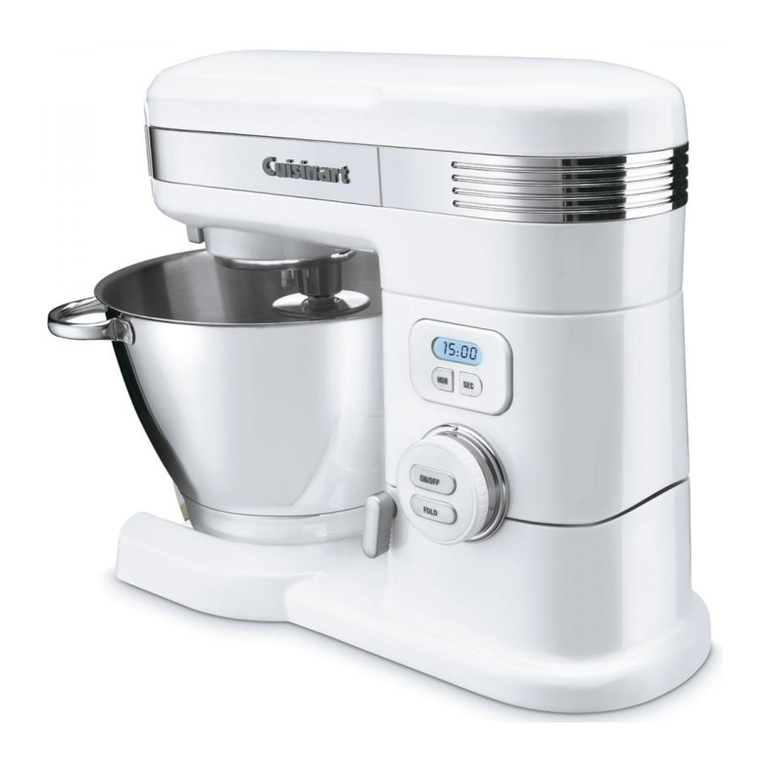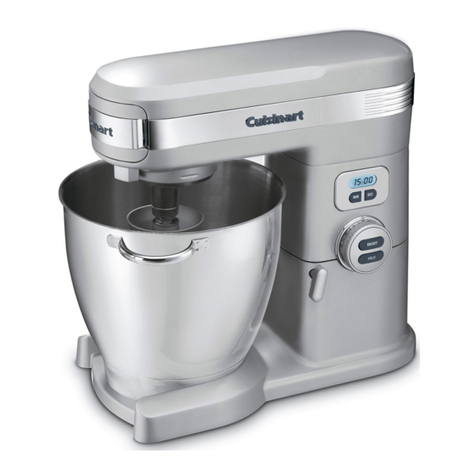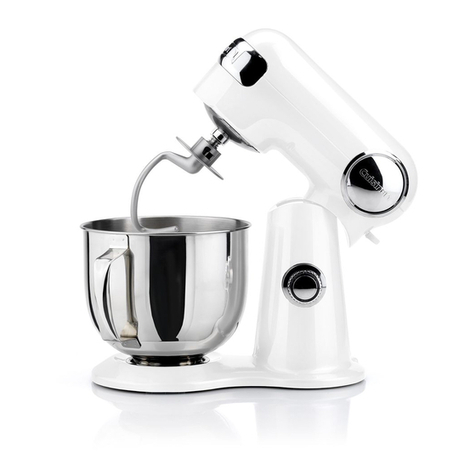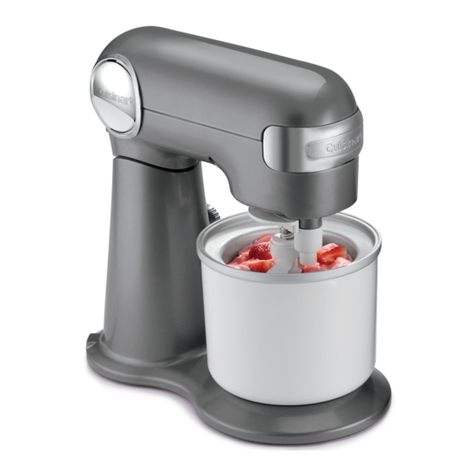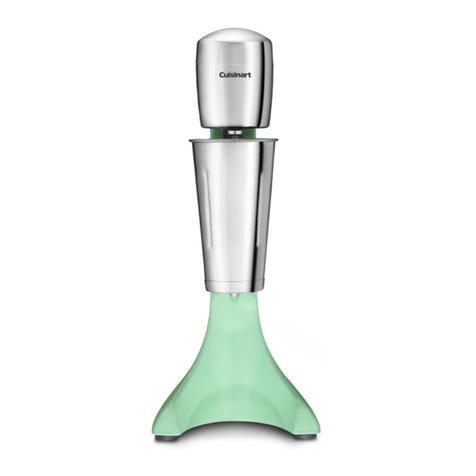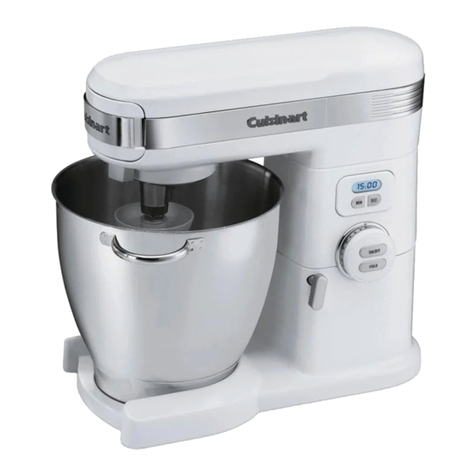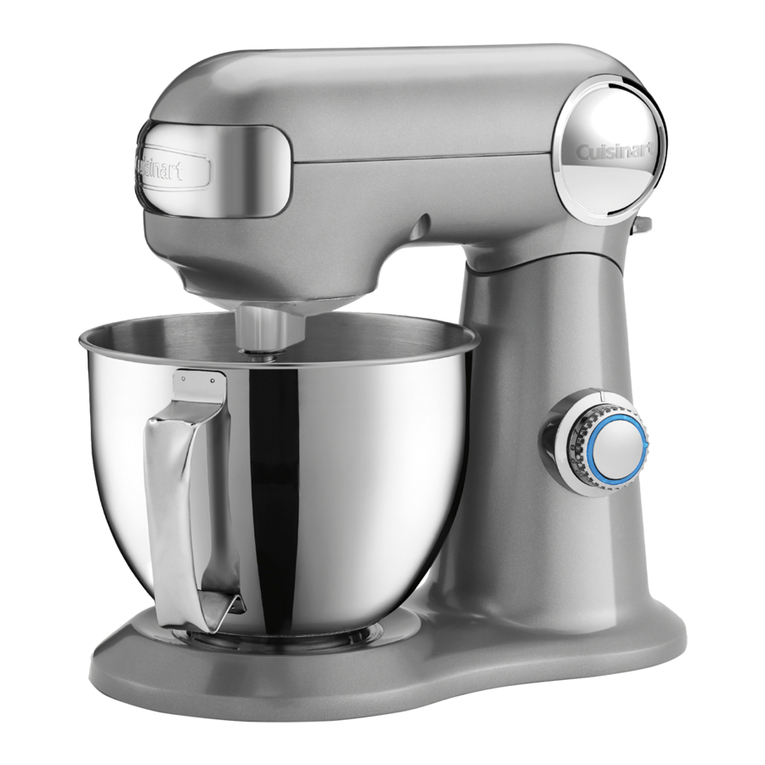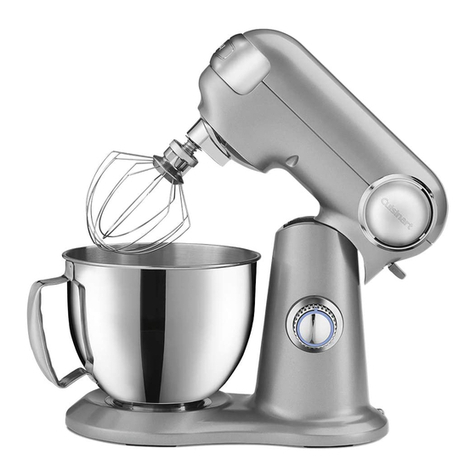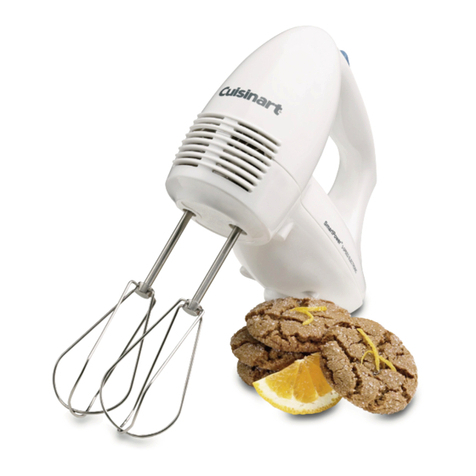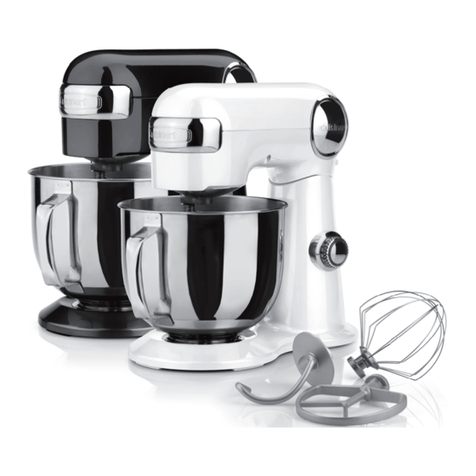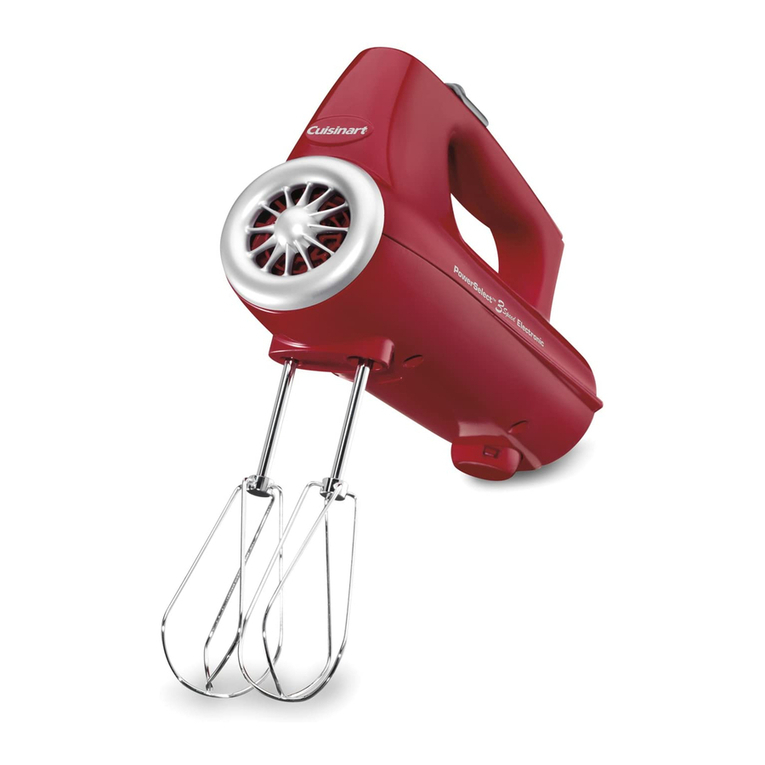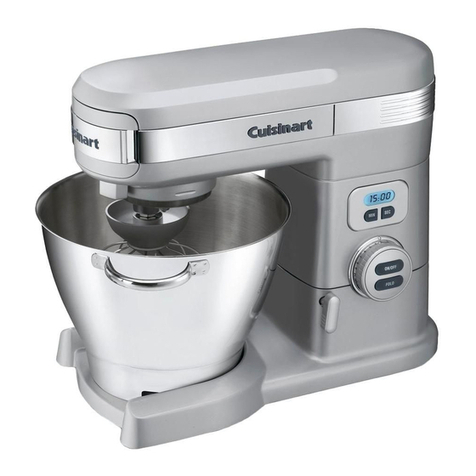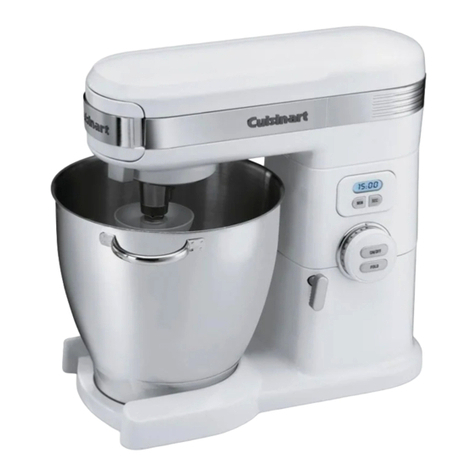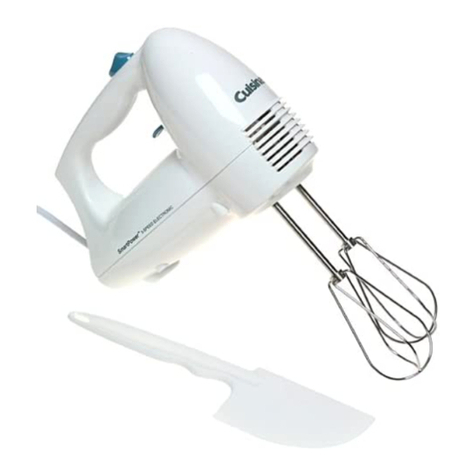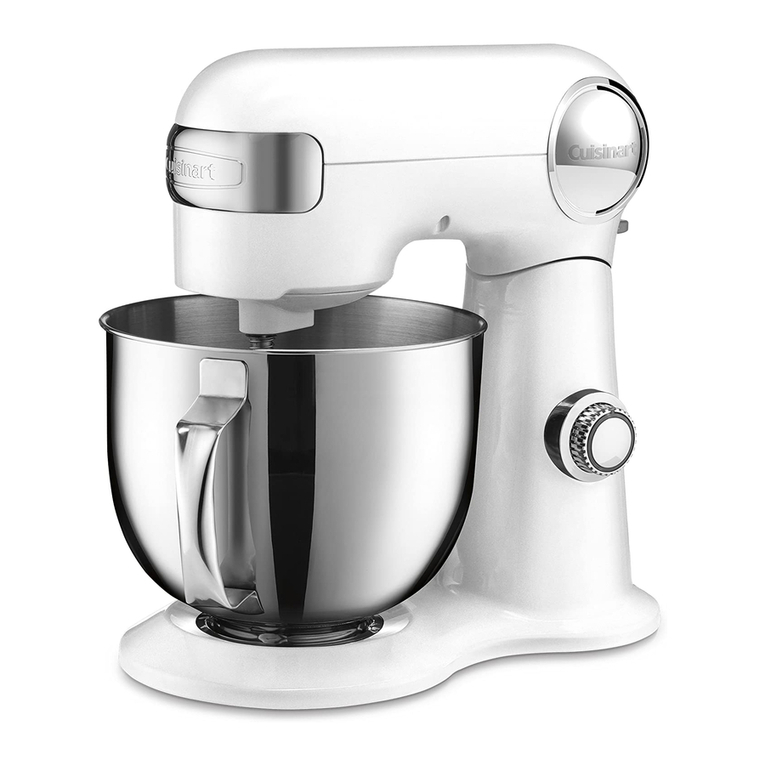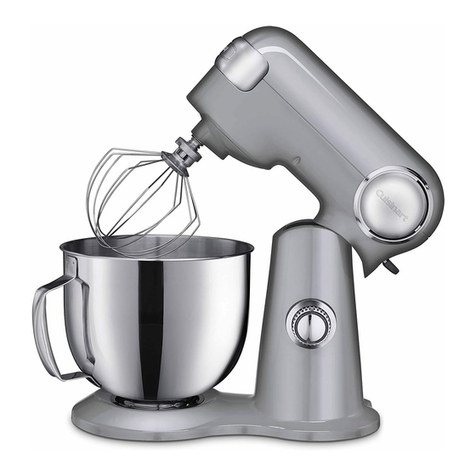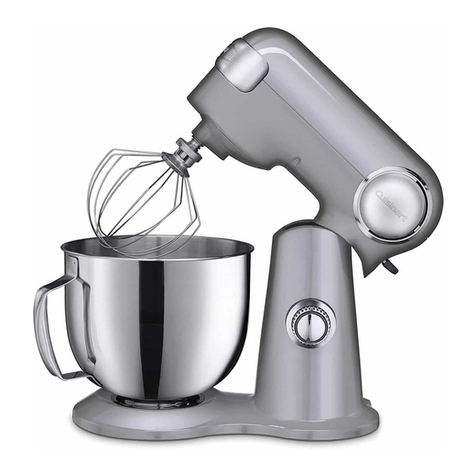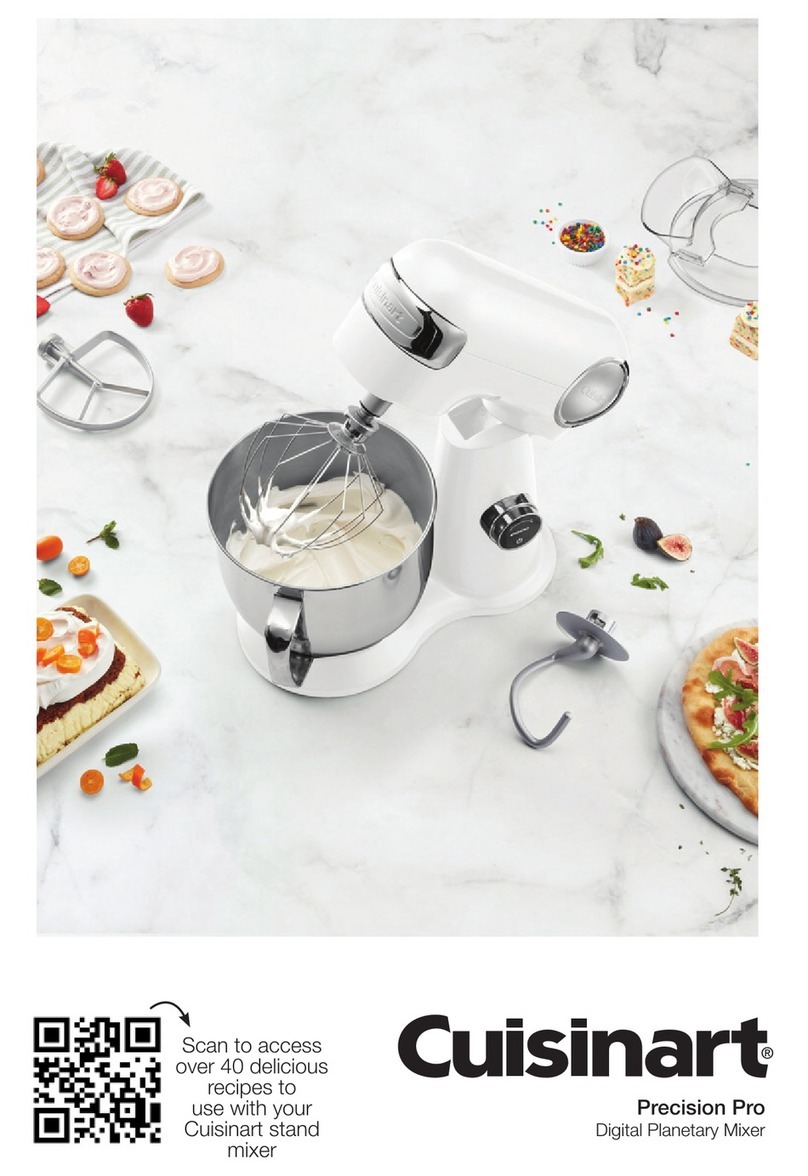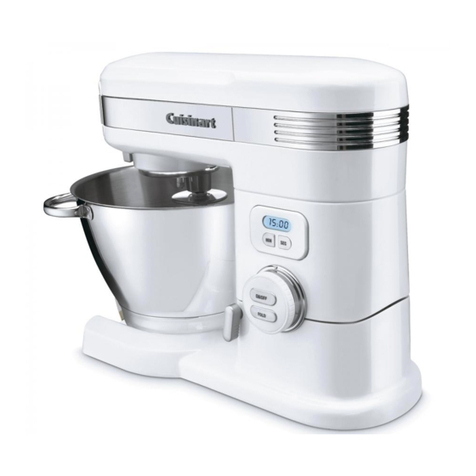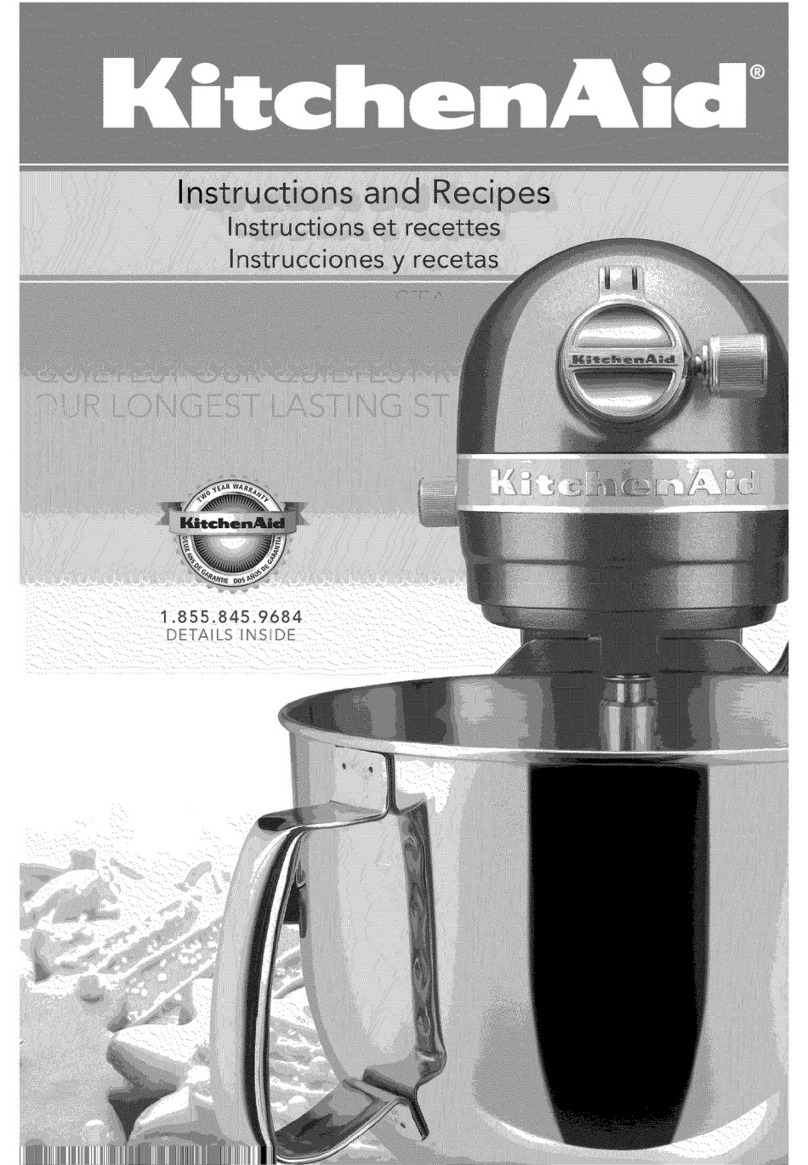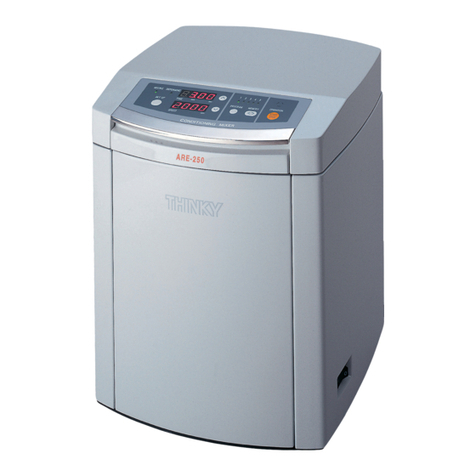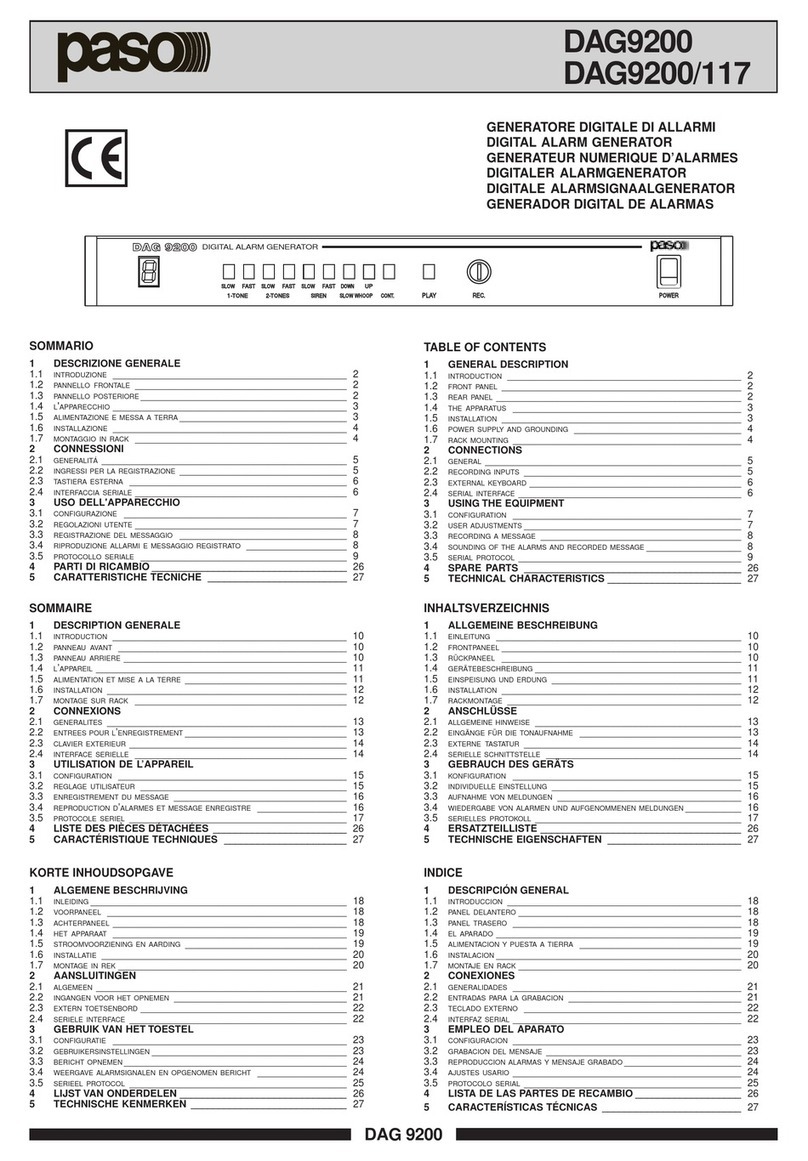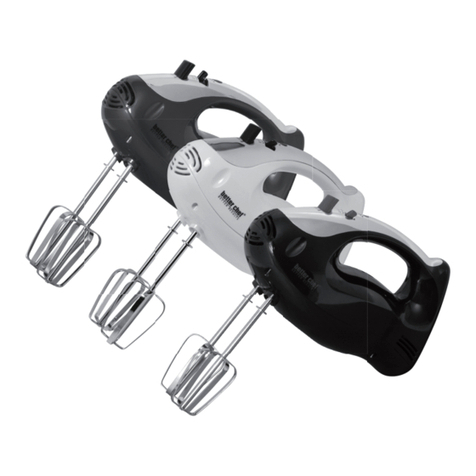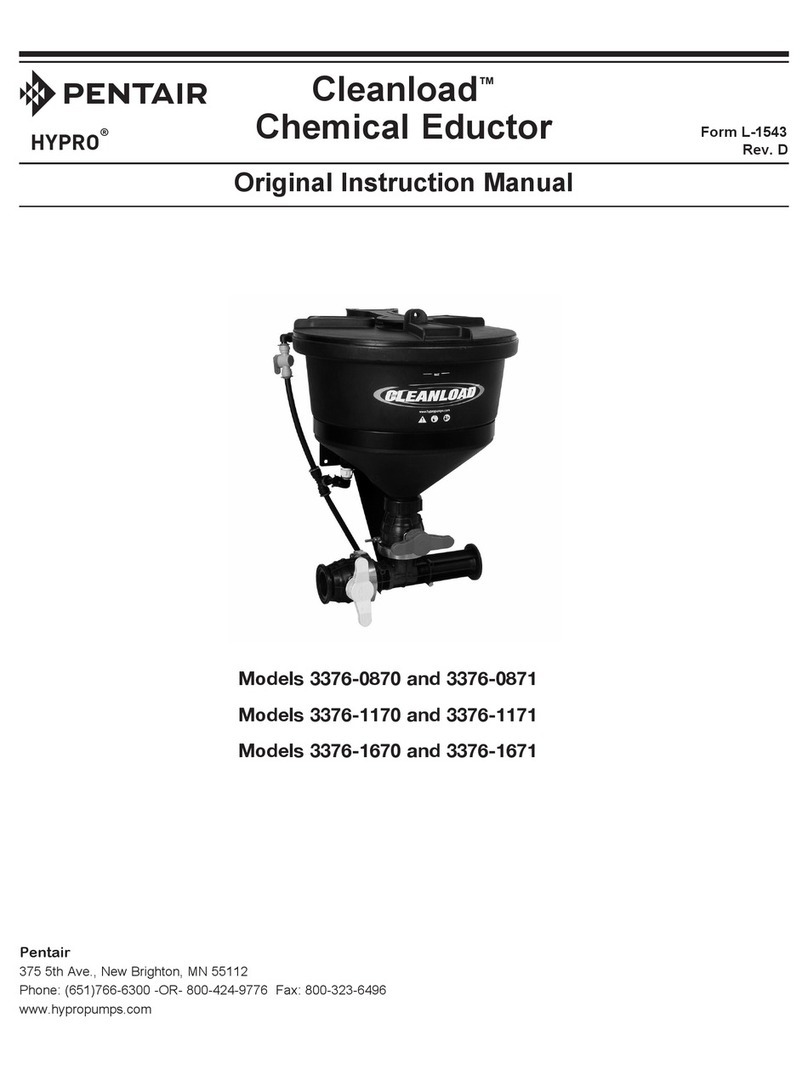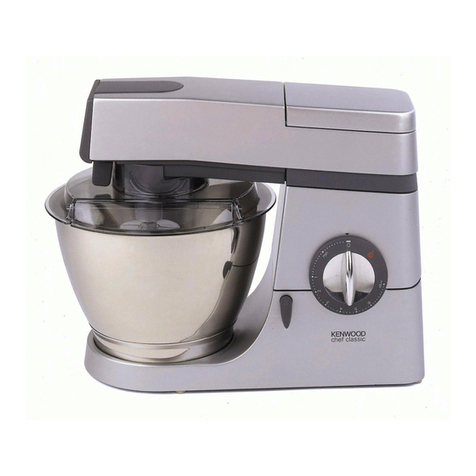
10
BREAD BAKING
• One ¼-ounce (7 g) packet of yeast equals
2¼ teaspoons (11.25 ml) yeast.
• Using milk in place of water will produce a
softer crust.
• After baking, you can soften the crust, if
desired, by rubbing it with unsalted butter
soon after removing it from the oven. This
prevents it from drying out too quickly.
• If a recipe calls for a specific type of flour,
use the flour recommended. If you do
not have bread flour, you can substitute
unbleached, all-purpose flour, but your
bread may not rise quite as much.
• Do not use “lite” or tub margarines for
bread baking – the first ingredient is often
water and they do not work well in any
baking.
• Vital gluten is the dried protein taken from
the flour by eliminating the starch. It is a
good dough conditioner or enhancement
for yeast breads, especially for whole
grain breads or when using all-purpose
flour. If a recipe specifically calls for vital
gluten, we recommend that it be used for
best results.
• For 100% whole wheat bread use 1½
teaspoons (7 ml) vital gluten per cup of
flour.
• Lite salt can be used if it has both
potassium chloride and sodium.
• Many bread recipes have a “range”
amount of flour – start by using the lower
end of the range, then add more flour as
needed to produce a smooth, not sticky
dough.
• Before measuring molasses or honey,
oil the measuring spoon to help it run
off better.
• To produce a higher loaf of bread, use
water that potatoes have been cooked in.
• Using too much liquid, or baking on a
humid day, can cause your bread to fall or
wrinkle on top.
CAKE BAKING
• Have all ingredients and mixing bowls at
room temperature (BUT when preparing
whipped cream as a topping, bowl, chef’s
whisk, and cream should be refrigerator-
cold). Room temperature ingredients
incorporate and blend more easily.
• Fill pans immediately after mixing.
• Bake immediately after filling pans.
• Check for doneness at the beginning of
the time range given.
• Cool cakes completely on a wire rack
after baking.
• Using an offset spatula will make
spreading frosting easier.
Egg Whites
Egg whites at room temperature are best
for whipping. Bring to temperature safely
by placing eggs in a bowl of warm water for
10 to 15 minutes.
Add a small amount of acid such as cream
of tartar, lemon juice or vinegar when
whipping egg whites to stabilize them and
allow them to reach their optimum volume
and stiffness. Use
1⁄8
teaspoon (0.5 ml)
cream of tartar per large egg white – or
1 teaspoon (5 ml) cream of tartar per cup
of egg whites (8 to 10 large).
The time required to whip egg whites
will vary with the temperature of the
egg whites, age of egg whites, and
temperature/humidity of the kitchen. Keep
a close watch while whipping egg whites.
In humid or damp weather, you may not get
the volume of whipped egg whites that you
do in drier, warmer weather.
Place the room temperature egg whites
in the clean, dry mixing bowl. Attach the
clean, dry chef’s whisk. Start whipping the
egg whites and gradually increase to speed
6 until foamy, and then gradually increase
to speed 12. If egg whites are beaten too
rapidly in the beginning, their structure
will not be as stable and strong, and they
will not reach the volume that they should
when completely beaten. Over-beaten
egg whites will also separate or weep in a
meringue topping.
When adding sugar to egg whites timing
is important. If adding less than ¼ cup
(50 ml), add it in the beginning at the raw
white stage. For larger amounts, add sugar

